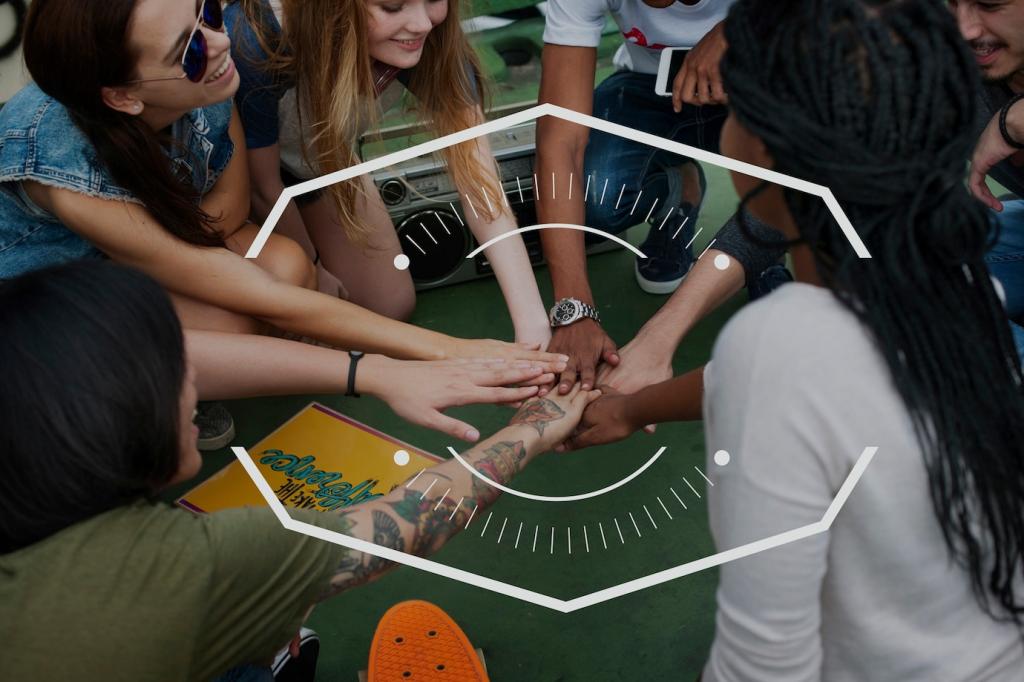Paths of Influence: From Literati Studios to Modern Art Circuits
Techniques and aesthetics moved along historical trade routes and later through books, exhibitions, and émigré teachers. By the twentieth century, Western modernists were studying brush manuals and viewing ink scrolls, discovering that line could be philosophy, and emptiness could carry its own eloquence.
Paths of Influence: From Literati Studios to Modern Art Circuits
Museum shows examining Asia’s influence on modern art helped audiences see calligraphy’s echoes in abstraction and gesture. Catalogs circulated widely, shaping conversations in classrooms and studios. If a show changed how you read brushwork, recommend it in the comments so others can explore.








